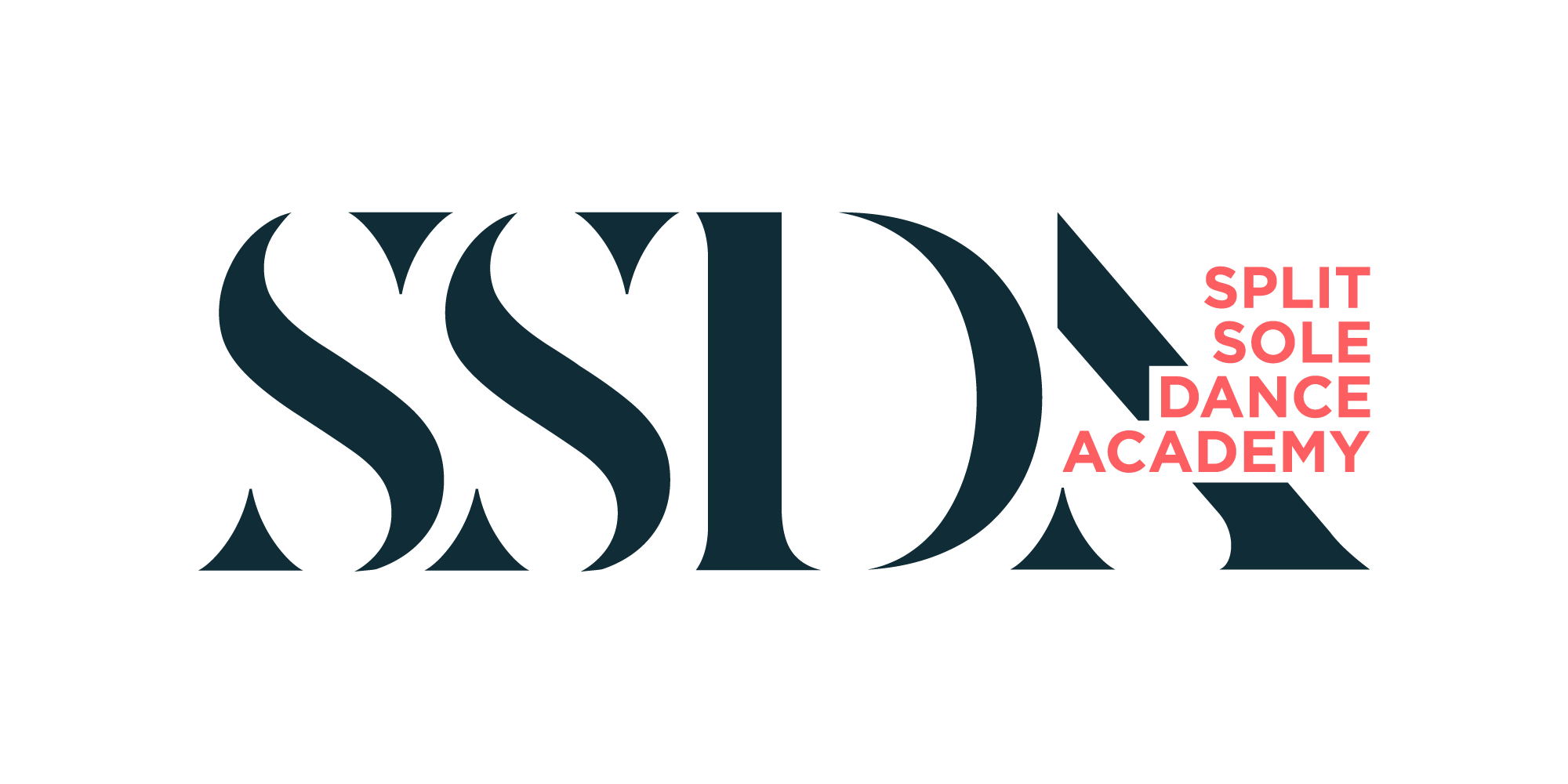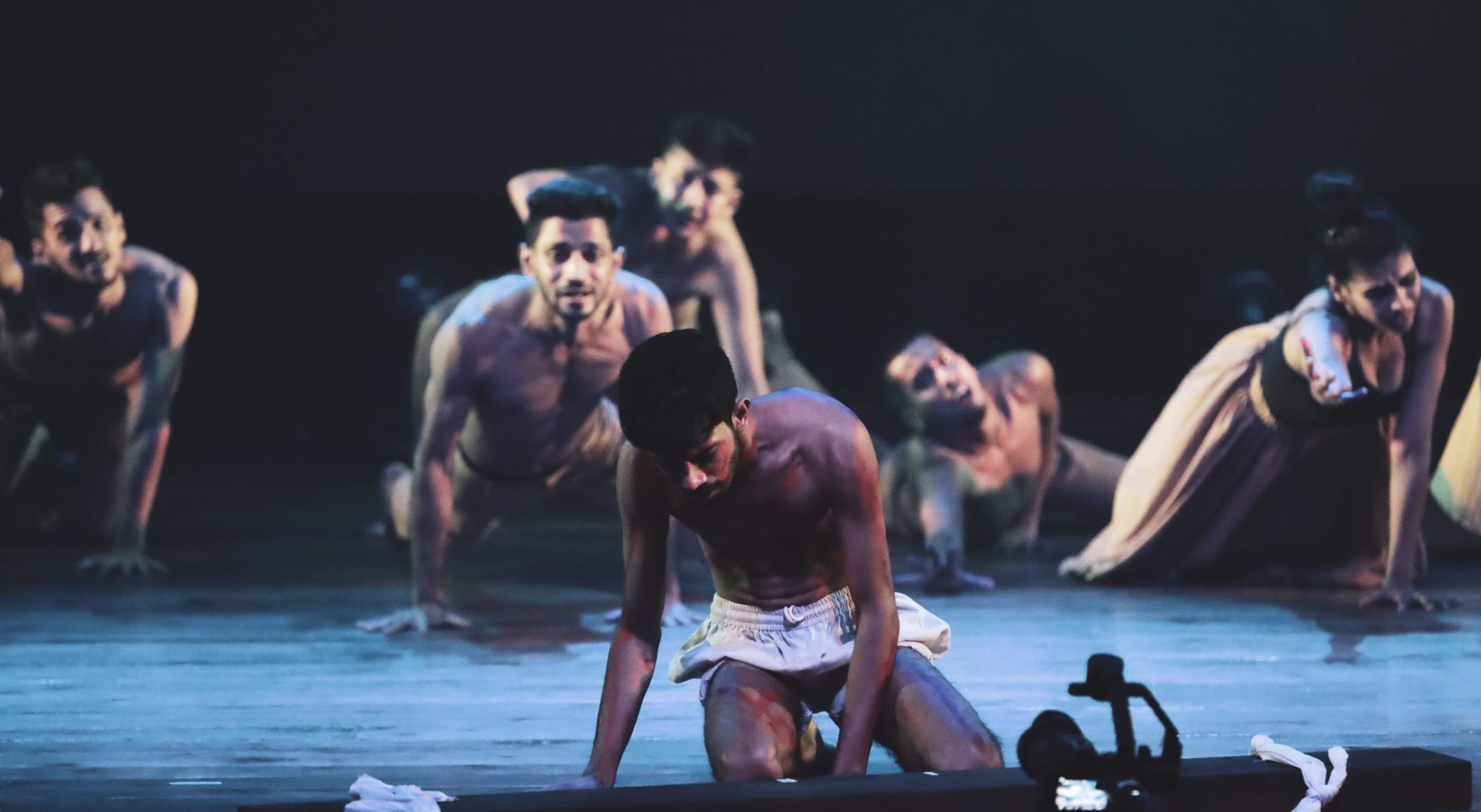Do you ever watch someone dance and wonder how they do it? But you can’t seem to move? To execute the action, you must first comprehend and practice numerous methods of moving your body. The better you complete the movement, the better you will demonstrate your musicality and perform choreography. When you freestyle, you’ll also have more flexibility to be creative because your body can do it! Continue reading to learn more about how to perform movement the way you desire!
1. Execute Movement: Hitting
When you flex your muscles, you produce a “striking” effect. Experiment with these tips to see how they work for you.
- Hit with the APPROPRIATE AMOUNT OF ENERGY
- You don’t want to be too soft and undersell the move, but you also don’t want to overdo it.
- The idea is to become/embody music rather than to compete with it!
- Consider how your energy levels would follow the rhythm of an audio visualizer.
- The higher the story and the stronger your hit, the louder the sound!
- Keep an eye on the bodily portion you’re hitting.
- If you’re only utilizing your arms to shoot in the air, for example, practice using those arms!
- If you’re going to utilize your entire body to pop, use your whole body!
- Pay special attention to how your body parts feel so that you can mimic that movement when dancing.
- Drills for hitting practice can be found here:
- Keep an eye on the clock.
- Practice hitting ON the bass rather than before or after it.
2. Execute Movement: “Milking” A Move
The term “milking” is widely used to represent movement in picture in-betweens — the “route” between A and B.
Here are a few examples of how the term “milking” is employed.
- Instead of “placing a period” on it by stopping the movement at the end of a move, think of it as a “…” You’re stretching out that manoeuvre to extend its journey past “B,” which would have been the halting point if not for the milking.
- Alternatively, you might milk one image into an entirely new appearance.
- Set up two positions to practice this.
- Change your position every four counts… but here’s the catch!
- Each time, take a different approach to bring your body to where it needs to go.
- Consider milking to be a change in acceleration (yes, physics words!).
- All movements involve some slowing, quickening, or stopping.
- The term “milking” refers to gradually stepping on your brakes.
- It is entirely up to you where your car goes (the pathway).
3. Execute Movement: Speed Control
As described in the previous part, learning how to manage your speed will play a significant influence in shifting dynamics and textures. Pretend your arms are striking a “wall” to develop speed control. Instead of stopping at this wall, use it as a checkpoint to modify your speed. From fast and hard-hitting to entirely “milking,” go from fast and hard-hitting to completely “milking.” This variation in rate will aid in changing the mood and “textures” of a piece.
4. Execute Movement: Textures
Consider textures in the same manner that you consider the physical sense of the word. For example, have you ever heard the term “smooth” applied to a dancer? They most likely move like honey.
Consider how a song makes you feel. Is it staccato, with sharp beginnings and endings? Is it fluid and silky, with a lot of vocals?
While many songs have a distinct “texture,” the majority incorporate parts of numerous.
And, because many songs have hints of distinct textures, the variance in your hits, milk, and pace all contribute to how you embody those textures and complement the music.
These were some basic pointers on how to manoeuvre. The best approach to improve your movement execution, though, is to practice!
Attend class, freestyle, and drill.
SSDA Dance Studio has a plethora of lessons and simple exercises that will help you improve your execution.

